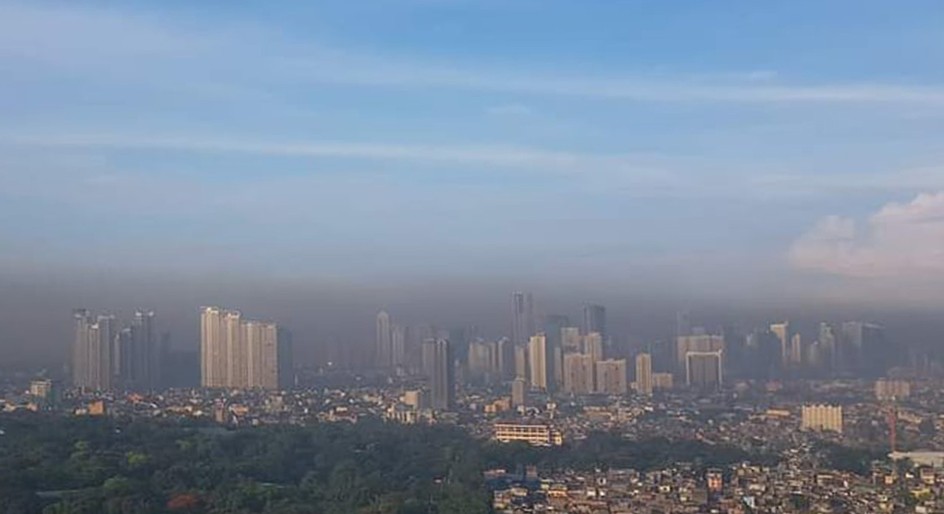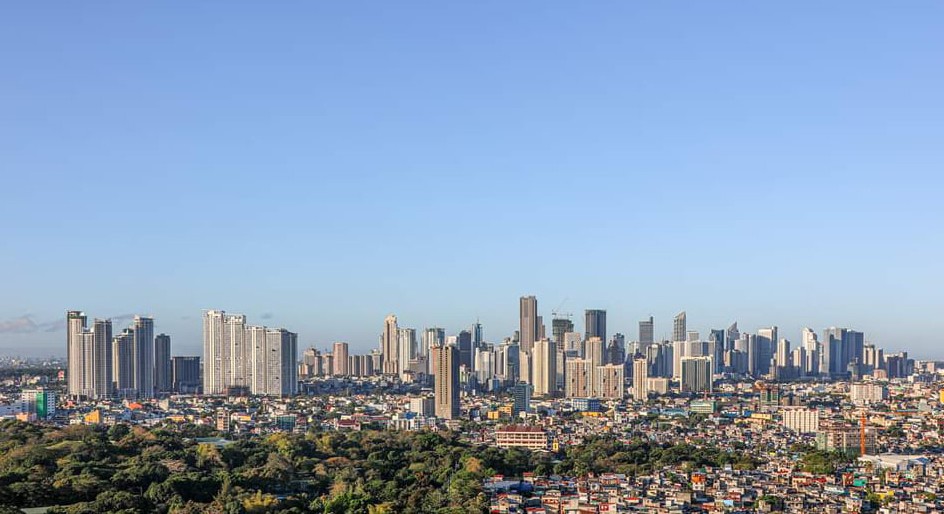On a late Monday afternoon in March, a few days prior to the declaration of the community quarantine in response to the outbreak of COVID-19, I boarded an almost empty plane from Cebu to Manila after attending a wedding and a couple of meetings in between. It was only the third month of the year; it was also the 20th flight I would be taking in 2020.
Needless to say, I lived a pretty hectic life pre-COVID. If I wasn’t out of town working, I was probably cooped up in the office, burning through the wee hours of the morning. I was in a constant struggle trying to do multiple things at once, yet be present in our projects scattered all over the country. Life moved at a pace so fleeting that when the President announced that a lockdown would be put in place, it was purely unfathomable. Architecture is collaborative, experiential, and tactile; working remotely and apart for extended periods seemed impossible. Observation of a project site’s sight, smell, sound, and touch cannot be recreated virtually. The candor of face-to-face interaction and impromptu discussions make communication helpfully frictionless. Thumbnail-sized colleagues on a screen are a diminished replication of huddles that drive office experience and creativity. How on earth was my team going to survive a fully remote work setup, notwithstanding this country’s unreliably temperamental internet connection? There was, however, no choice but to shift toward a remote work setup — health and safety unquestionably come first.
Shifting to remote work
Along with the Plaza + Partners management team, we immediately put together a business continuity plan and succumbed to premium versions of Monday.com, Slack, and GSuite, which have served as the lifeblood of team communication and collaboration. The transition to digital is a work in progress, but over time, we find that our new ways of working have forced us to become more systematic than we ever used to be. Apart from the blueprints we give our clients, we also practice paperless transactions at work, a massive feat for an architecture firm, and a 180-degree shift from where we were prior (paper and printing take a large chunk of our monthly expenses).
There are, however, psychological implications to this. When Charles Darwin wrote On the Origin of Species, he invented a ritual to help him settle into work to pull his thoughts away from personal concerns and toward evolutionary theory. Each day, Darwin staked out a path and kicked a stone into the shrubbery after each lap. For many people, the rituals of getting dressed, commuting and clocking-in serve as preparation for the day’s work. Without these, the distinction between professional and personal life is easily lost; work time becomes sporadic and leisure timeless pure. As many Starbucks-dwelling students and freelancers will attest, serious work needs separation.
“ When people speak about architecture, they often associate the practice with skilled drawings and pretty buildings. Those, however, are only by-products of the value of our ideas that literally shape and improve the way we live. ”
While neither end of the spectrum is perfect, it seems that an interlocking schedule combining remote and office-based work will be of preference beyond the aftershocks of the pandemic, perhaps even permanently. Because nobody enjoys time-consuming carmaggedon traffic, remote work alleviates the pain of driving at one kilometer per hour during a three-day sale in December. As organizations have forcibly adapted remote work or moved online, they begin to realize that smaller physical workplaces in affordable, less centrally located areas equally fulfill the purpose of sprawling offices in prime real estate.
The gift of time
As the world sat still for a momentary period, we were each gifted with priceless time I always dreamed of. When people speak about architecture, they often associate the practice with skilled drawings and pretty buildings. Those, however, are only by-products of the value of our ideas that literally shape and improve the way we live. Exploring ideas deeply, however, is often a luxury when clients work in hasty timelines. For better or worse, the quarantine and its restrictions have inevitably stretched out project phases, imposing upon us time to explore and experiment new ideas and rethink old ones, allowing us to produce our best, refined work to date.
“ Mom’s home office can’t intermingle with Dad’s workout space in the same area as the makeshift home school, that’s also the playroom, which was actually, once upon a time, the living room. ”
Exploring ideas deeply, however, is often a luxury when clients work in hasty timelines. For better or worse, the quarantine and its restrictions have inevitably stretched out project phases, imposing upon us time to explore and experiment new ideas and rethink old ones, allowing us to produce our best, refined work to date.
Over the last few months, many of our residential projects on the drawing board have been revisited to foster increased productivity, balance, health, and pleasure by clearly defining spaces as opposed to open-plan, which has gained popularity in recent years. Mom’s home office can’t intermingle with Dad’s workout space in the same area as the makeshift home school, that’s also the playroom, which was actually, once upon a time, the living room.
Time has also allowed us to research deeper into creating biophilic architecture beyond treating plants and vines as secondary cosmetic elements. We have looked deeply into the technicalities of using the fauna as a building material to define space, clad surfaces, and support a building’s overall function, enhancing its environmental performance. As a product of being indoors for extended periods, our upcoming projects in Baguio, Cebu, and Siargao look into ways of blurring thresholds between manmade structures and nature, essentially bringing the outdoors in.


The great reset
In the last few decades, the rapid growth and expansion of Manila have annihilated trees, parks, and gardens, subsumed by apartment towers and roadways, poisoned by industrial and vehicular pollution. The lockdown has given a glimpse of a cleaner future and a more liveable Manila. At the height of restrictions in early April, there was an estimated 17 percent fall in global C02 emissions. Lawyer Jan Aliling shares photos from his balcony both taken at 8 a.m.: the first of a Manila engulfed in a cloud of smog in May 2019 and the second of clear blue skies in March 2020, reminding us what a pleasure it is to live in a breathable environment.
As public transportation networks do not conform to the new physical distancing norms and serve as high-risk areas, many have taken to alternative modes, increasing the number of pedestrians and cyclists. With less pollution and more physical movements, we are forced to develop a healthier lifestyle, essential in fighting diseases.
As the relationship between humanity and the natural world becomes a bit more balanced, such ecological restorations have come at the cost of increasing unemployment and shattered economies with irreversible damage. However, I cannot help but hope that the glorious experience of living in a less polluted, liveable Manila, however momentary, will remain in our consciousness as an achievable destiny — a reminder that profound transformations are still possible and not all is lost. Perhaps, this is even the beginning of a better, more calculated chapter of our lives.
Edited by Rica Delfinado


